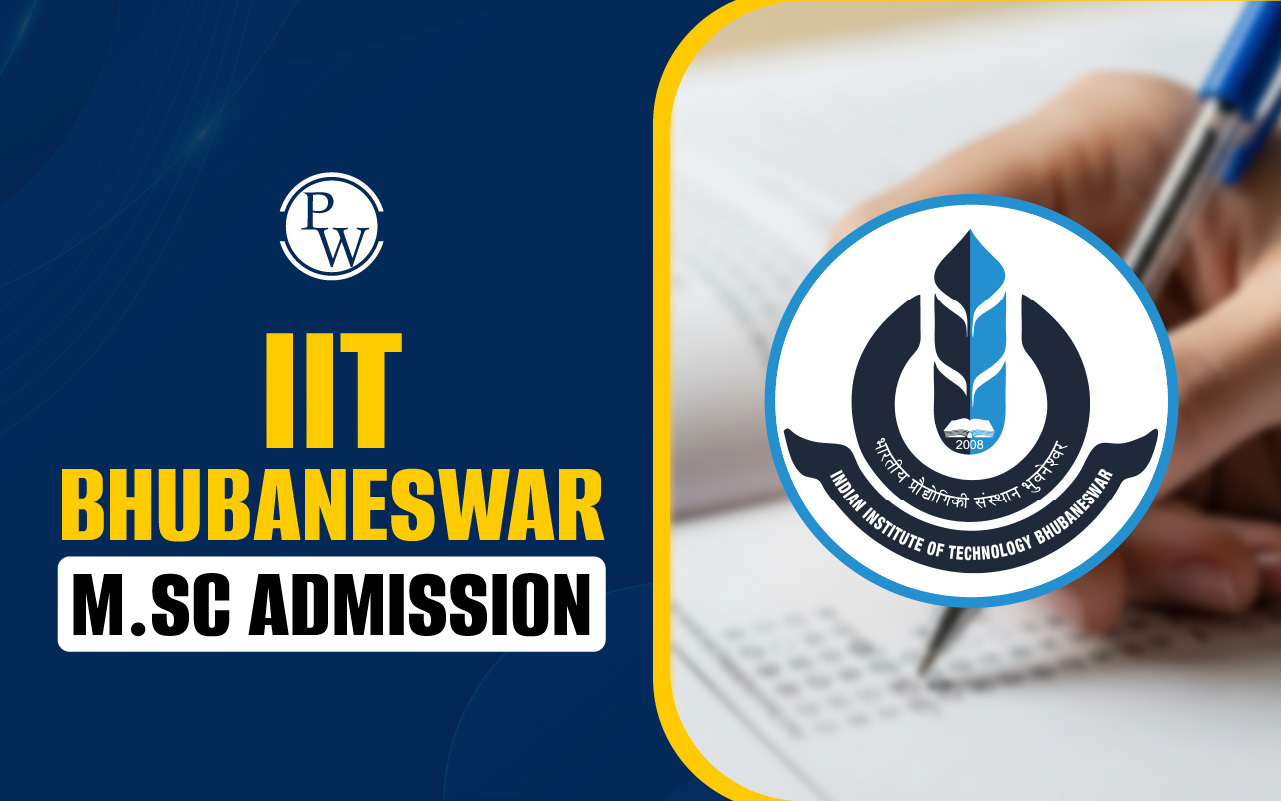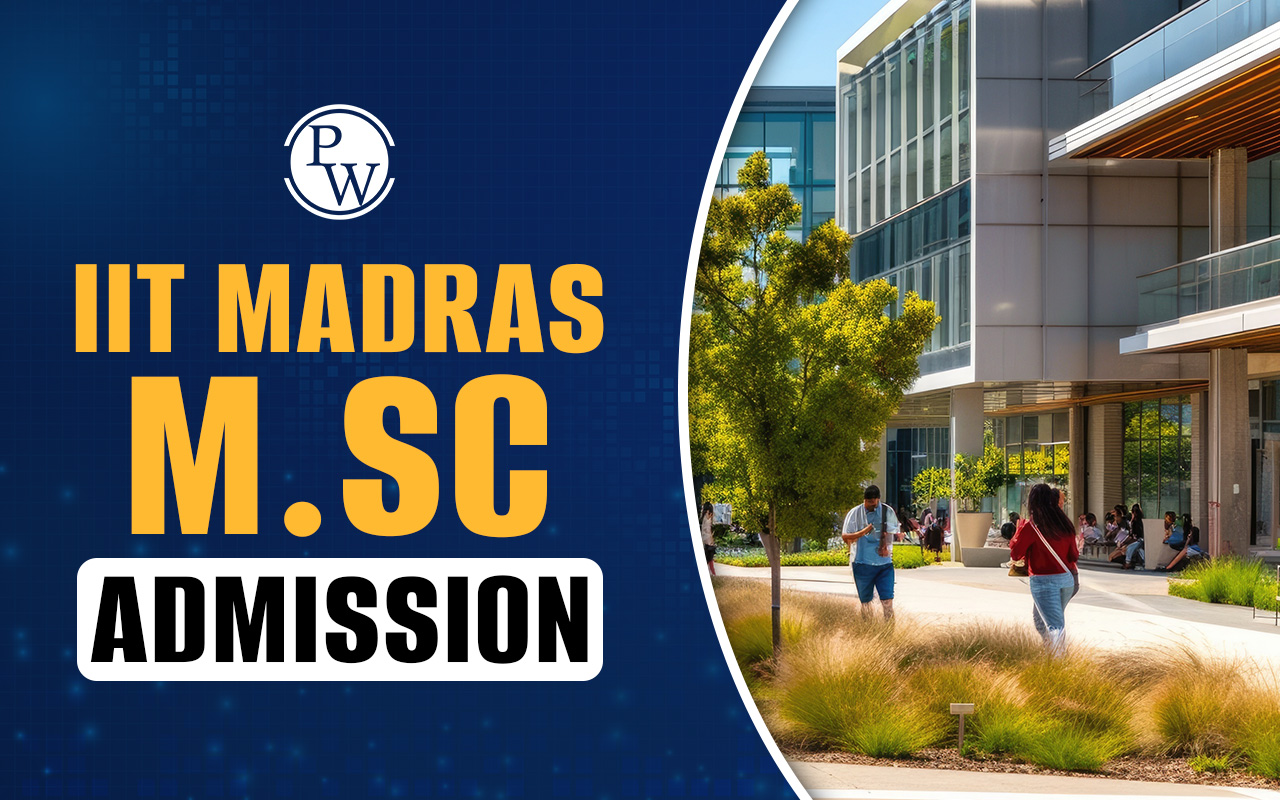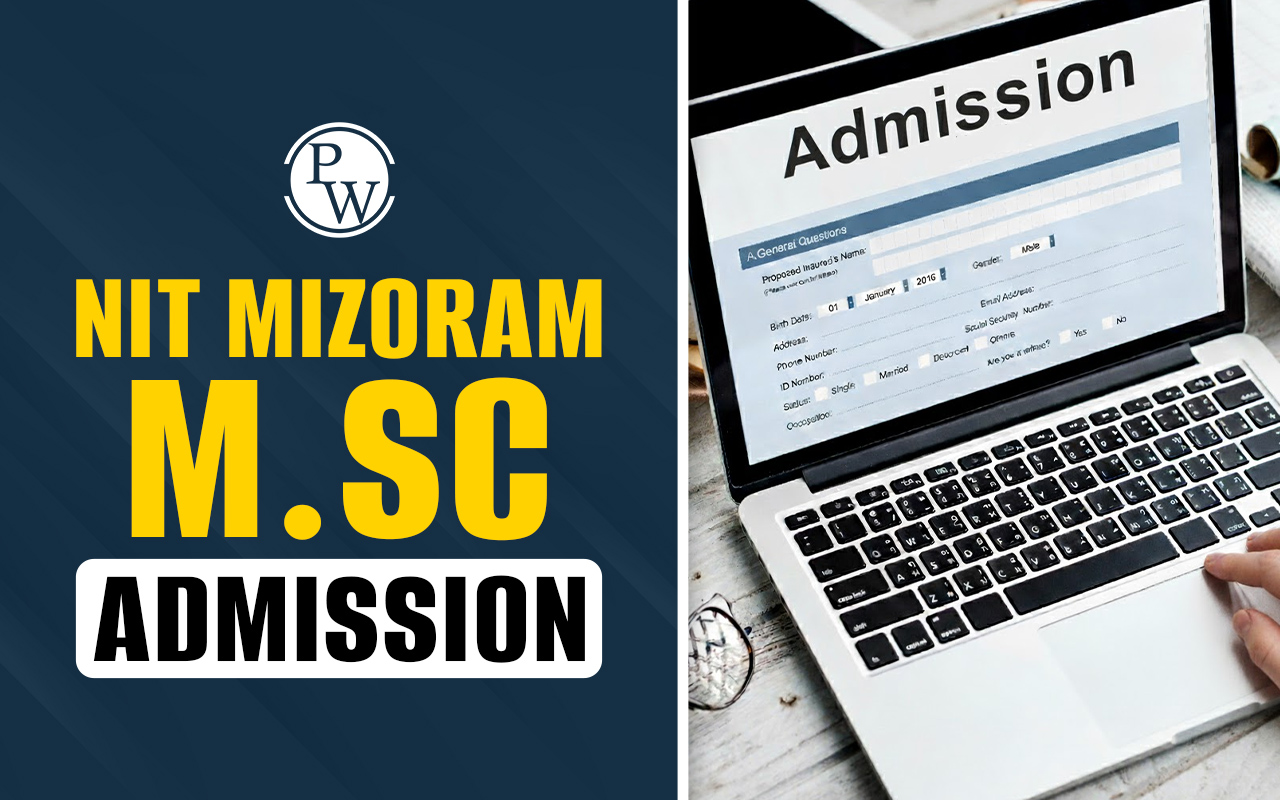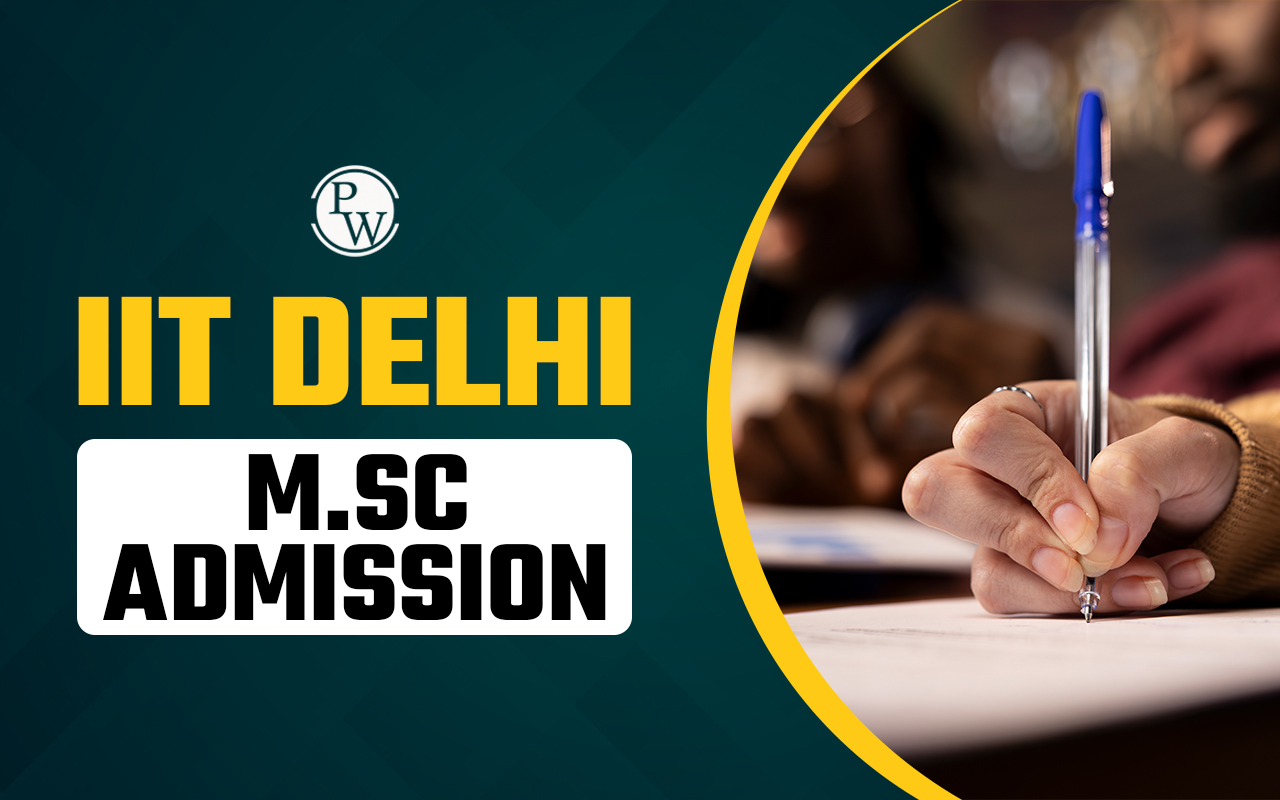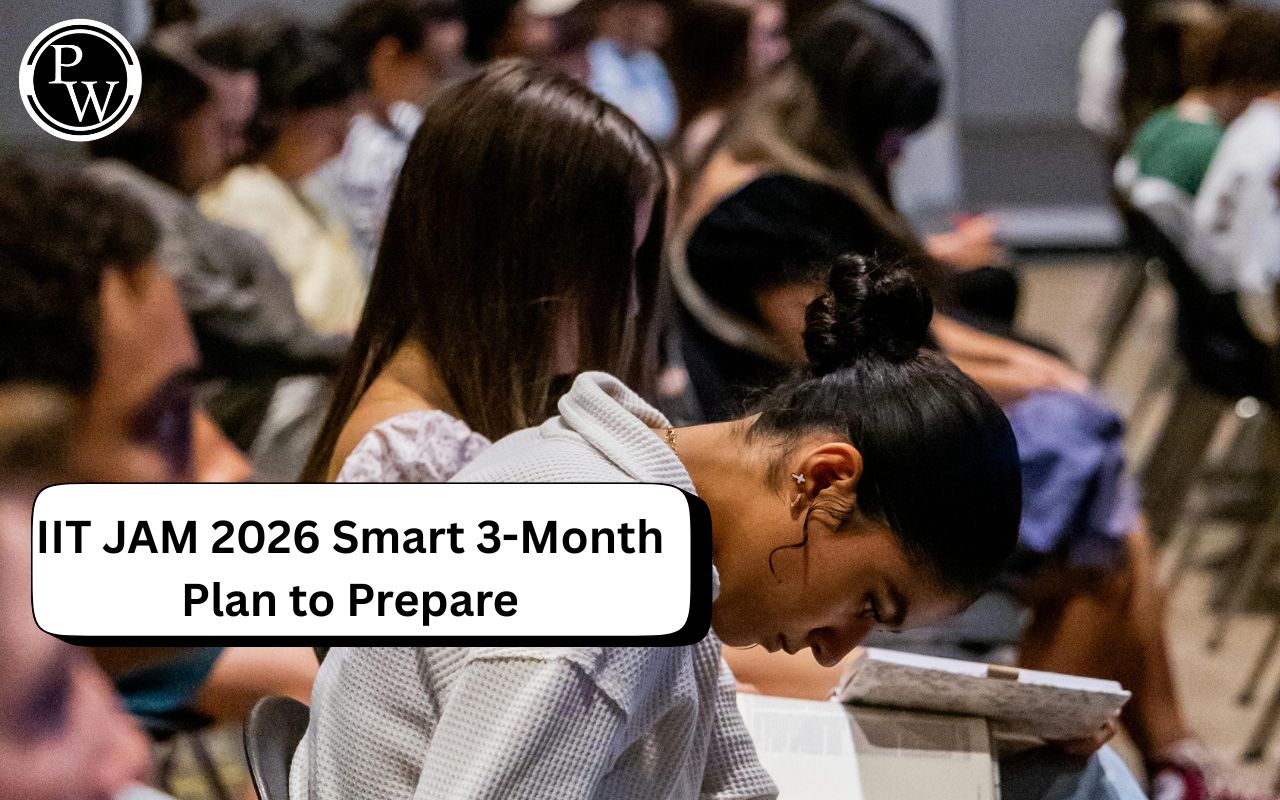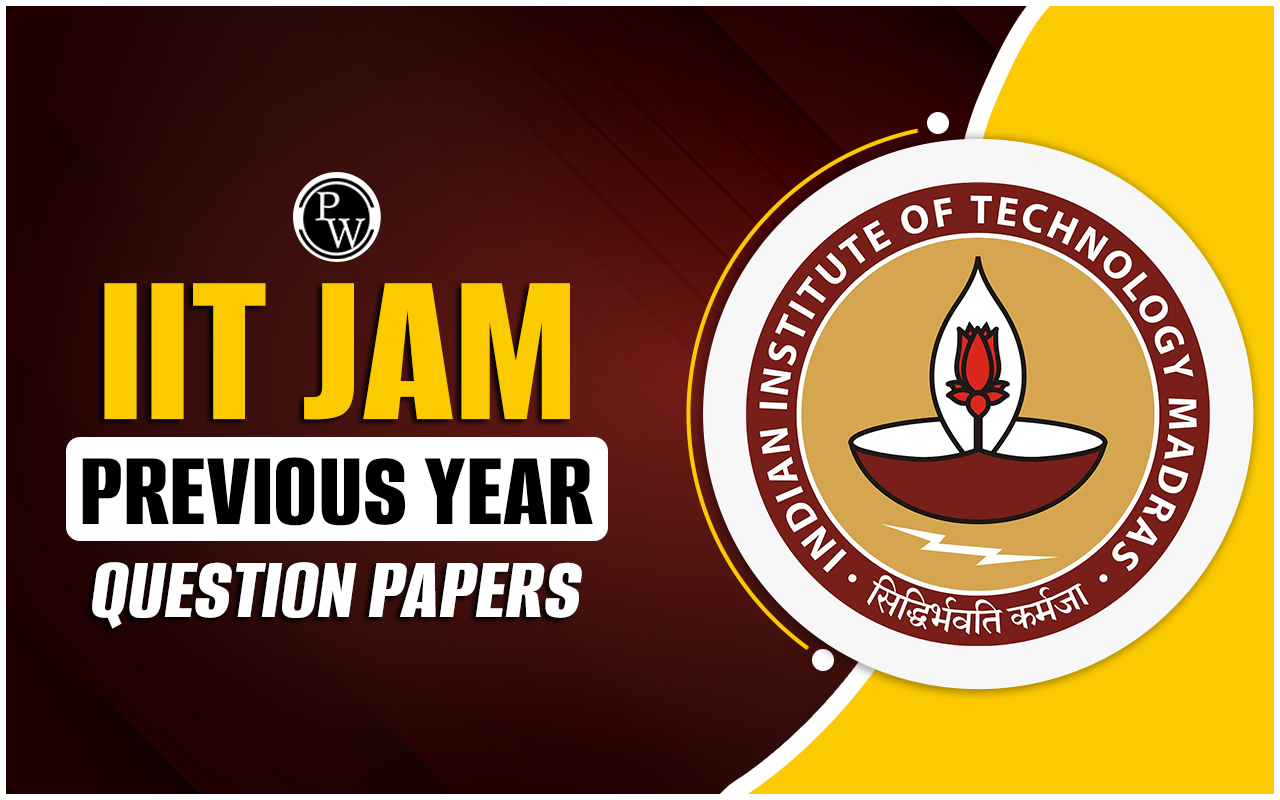
IIT JAM Chemistry Exam Pattern 2026: The IIT JAM is the Joint Admission Test for students looking to pursue M.Sc. It is one of the most important exams for students aiming to pursue postgraduate studies in science at the Indian Institutes of Technology (IITs). Among its many subjects, Chemistry is highly sought after by students who wish to specialise in Chemistry for M.Sc., M.Sc.-Ph.D. dual programs, or other allied courses.
Understanding the IIT JAM Chemistry Exam Pattern 2026 is important for students to plan their preparation effectively. Knowing the number of questions, types of questions, marking scheme, and negative marking rules can help candidates improve accuracy, manage time, and score well.
IIT JAM Exam Pattern 2026
As per the IIT JAM Exam Pattern 2026, the exam will be held in a computer-based test (CBT) mode. There will be 7 subjects for the exam, and the medium of the questions will be English. Candidates will get three hours to complete the paper, which contains a total of 60 questions carrying 100 marks.
The question paper is organised into three parts:
-
Section A: 30 Multiple Choice Questions (MCQs)
-
Section B: 10 Multiple Select Questions (MSQs)
-
Section C: 20 Numerical Answer Type (NAT) questions
For MCQs, marks will be deducted for wrong answers. There is no negative marking for incorrect answers in the MSQs and NATs section. Candidates belonging to the Persons with Disabilities (PwD) category will be given an extra hour as per the official Government of India guidelines.
IIT JAM Chemistry Exam Pattern 2026 Overview
The IIT Joint Admission Test for M.Sc. (IIT JAM) 2026 is a national-level entrance examination conducted for students who wish to pursue postgraduate science programs. It serves as a gateway for admission to various post-bachelor’s degree courses offered by the Indian Institutes of Technology (IITs) and other participating institutes.
The IIT JAM 2026 Exam is expected to be conducted tentatively on February 15, 2026. The paper will include Multiple Choice Questions (MCQs) and Numerical Answer Type (NAT) questions, designed to assess candidates’ understanding of key scientific concepts and analytical skills. The table below presents the IIT JAM Exam Pattern 2026 Overview:
| IIT JAM Exam Pattern 2026 Overview | |
| Particulars | Details |
| Exam Name | IIT JAM |
| Full-Form | Indian Institutes of Technology Joint Admission Test |
| Post Category | IIT JAM Chemistry Exam Pattern 2026 |
| Exam Types | Post-Graduate Degree Level |
| Exam Level | National |
| Courses Offered | Post-Bachelor’s Degree Courses |
| Eligibility | Candidates appearing for the exam should have a bachelor's degree. Foreign nationals having Indian degrees are also eligible. |
| Exam Mode | Online |
| IIT JAM Exam Date 2026 | 15 February 2026 |
| Exam Duration | 3 Hours |
| IIT JAM Chemistry Total Questions | 60 |
| Total Marks | 100 |
| Question Type | Multiple Choice Questions (MCQs) |
IIT JAM Chemistry Marking Scheme
The marking scheme related to the IIT JAM Chemistry Exam Pattern 2026 is designed to reward accurate answers and proper understanding. The distribution of marks is provided below:
-
MCQ Type Questions: Usually carry 1 or 2 marks each.
-
MSQ Type Questions: Can carry 2 or 3 marks, depending on the question.
-
NAT Type Questions: Carry 1 or 2 marks.
IIT JAM Chemistry Negative Marking
Negative marking is applied only to MCQs. For incorrect answers in MCQs:
-
For the MCQs that are allotted 1 mark, 1/3 mark is deducted for a wrong answer.
-
For the MCQs carrying 2 marks, 2/3 marks are deducted for a wrong answer.
IIT JAM Chemistry Syllabus 2026
The syllabus for IIT JAM Chemistry covers a broad range of topics from Physical Chemistry, Inorganic Chemistry, and Organic Chemistry. The details of the Syllabus related to the IIT JAM Chemistry Exam Pattern 2026 are provided in the table below:
| IIT JAM Chemistry Syllabus 2026 | |
| Subjects | Details |
| Physical Chemistry |
|
| Inorganic Chemistry |
|
| Organic Chemistry |
|
IIT JAM Chemistry Exam Pattern 2026 is designed to test a candidate’s overall knowledge in chemistry, combining MCQs, MSQs, and NATs. The Chemistry Syllabus covers topics such as physical, inorganic, and organic chemistry.
The marking scheme is awarded to correct answers, while negative marking for MCQs is ensured for careful answering. Knowing the pattern, syllabus, and marking details in advance helps students plan study schedules, practice efficiently, and attempt the exam strategically.

